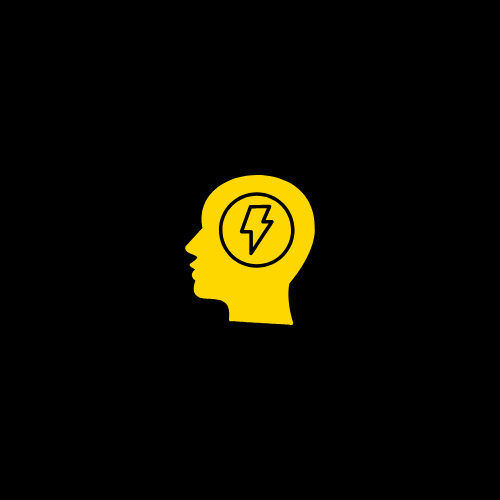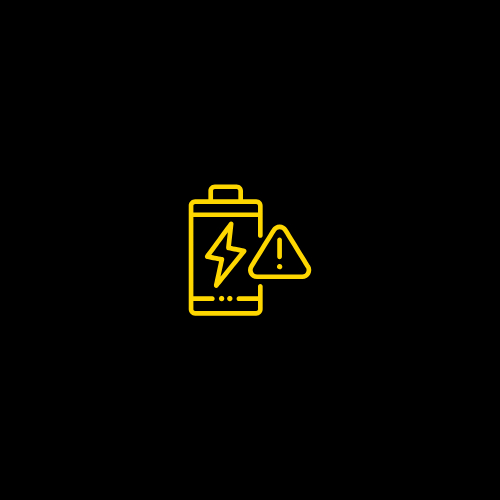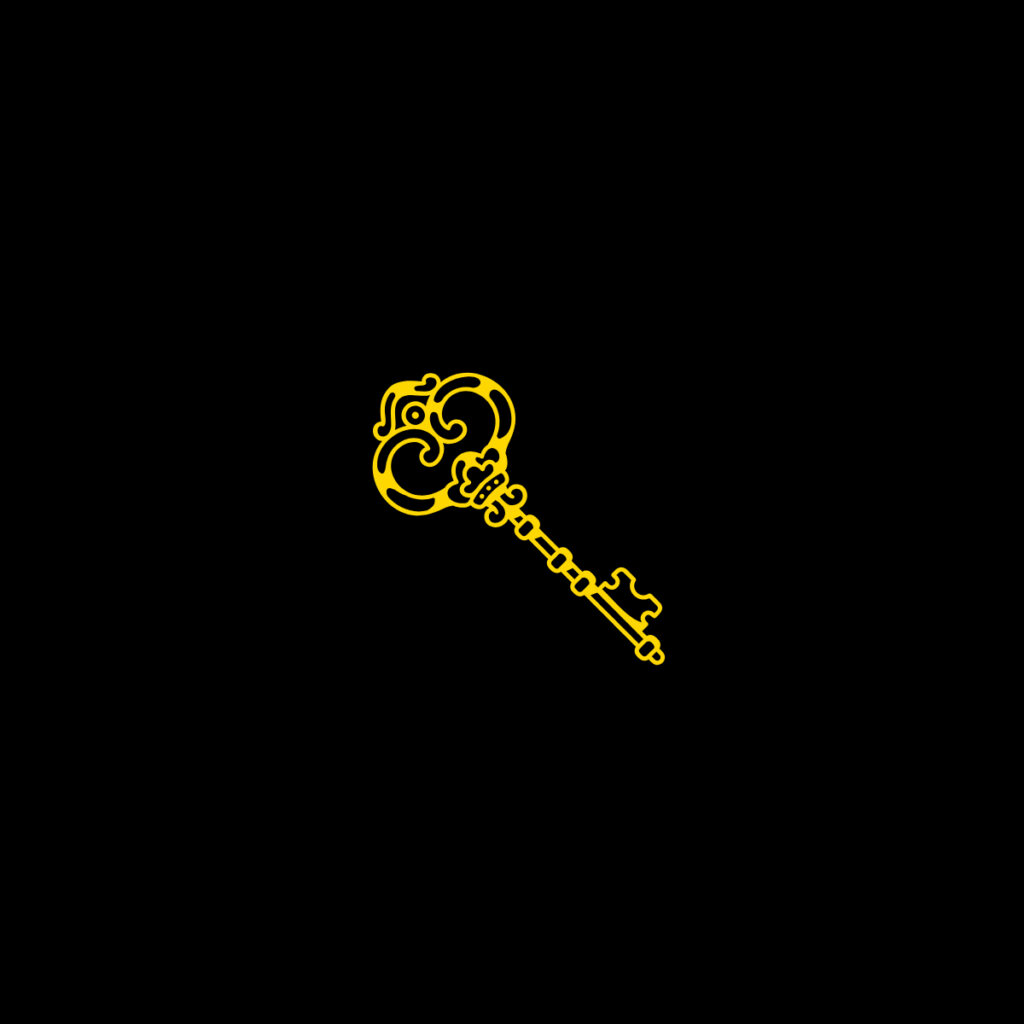Have you ever caught yourself drifting in the middle of work, mind elsewhere, fingers scrolling, eyes glazed over?
You know what you need to do. The tasks are clear. The deadlines are real. But for some reason, you can’t stay locked in.
Why is that?
Is the work too boring? Are you mentally exhausted? Do you start strong, only to lose momentum as time passes?
Or is it something deeper—something pulling you away before you even realize it?
What if your focus problems weren’t just about distractions, but about how you approach work itself?
Take a moment. Think about it. Because once you understand why this keeps happening, you can finally break free from it.
Let’s dive in.
Understanding Why You Lose Focus
You sit down to work. Laptop open, task in front of you, ready to go.
At first, you’re engaged. Maybe even making progress.
Then, it starts.
Your eyes drift to your phone. You open a new tab. You reread the same sentence three times, but it doesn’t stick. Suddenly, your brain feels like it’s moving through fog.
You snap back. Focus. But it keeps happening.
Why?
Is the task too repetitive? Too easy?
Your mind wanders because it’s searching for something—anything—more interesting.
Or maybe it’s the opposite. The task feels overwhelming. You don’t know where to start, so instead of attacking it, you escape—scrolling, clicking, staring at nothing.
Or is it just exhaustion? You didn’t sleep well. You skipped breakfast. You’ve been sitting in the same spot for hours, and your energy is running on fumes.
And let’s be real—how many times have you wanted to focus but got pulled away by notifications, emails, or an impulse to “just check” something for a second?
This isn’t random. Your brain isn’t sabotaging you for no reason. It’s responding to something.
So before we go any further, stop and think:
- What exactly happens when you lose focus?
- What does your brain do instead?
- What are you avoiding?
Because once you know the answers, staying engaged becomes a whole lot easier.
Let’s fix it.
Staying Engaged With Your Work
So, how do you break the cycle? How do you stay locked in, fully engaged, instead of zoning out and losing momentum?
First, let’s get one thing straight: forcing yourself to focus isn’t the answer. The real key is making focus easier.
Think about the times when you were completely absorbed in something. Maybe it was a game, a conversation, or a hobby you love. You didn’t have to force yourself to focus—it just happened.
Why?
Because you were either challenged, interested, or invested.
Now, imagine bringing that same level of engagement into your work.
Here’s how:
1. Make the Work More Engaging
If your tasks feel robotic, your brain will check out.
Find a way to add challenge or curiosity:
- Set mini-goals: “Can I finish this in half the time?”
- Turn it into a game: Track your progress, race against the clock, or create small rewards.
- Ask better questions: “How can I make this more efficient? How can I do this better than before?”
2. Connect It to Something Bigger
Boring work becomes engaging when it actually means something.
Ask yourself:
- Why does this matter? Is it pushing you toward a bigger goal?
- What’s at stake? If you don’t do this, what’s the cost?
- Who benefits? Even if the task itself isn’t exciting, does it lead to something you care about?
If you can’t find a reason, make one.
Even something as simple as “This gets me one step closer to my bigger vision” can flip the switch.
3. Control Your Environment
Your surroundings either set you up for focus or pull you away from it.
- Kill distractions: Put your phone in another room. Close unnecessary tabs. Block notifications.
- Set up your workspace: Clean space, good lighting, a setup that makes you want to work.
- Use sound strategically: Try instrumental music, white noise, or complete silence—whatever keeps you in the zone.
4. Work WITH Your Brain, Not Against It
Your focus has natural peaks and dips. Instead of fighting it, structure your work around it:
- Time block your tasks: Work in focused sprints (e.g., 60-90 minutes), then take a real break.
- Match tasks to energy levels: Do deep, creative work when you have the most mental energy. Save shallow tasks for low-energy periods.
The goal isn’t to force yourself into constant focus, it’s to make focus the default state.
And when you can do that? Everything changes.
Energy & Focus Optimization
You can have the best focus strategies in the world, but if your energy is shot, your brain will not cooperate.
Think about it—when you’re running on low sleep, poor nutrition, or endless caffeine crashes, staying engaged feels impossible. Your body literally isn’t equipped to focus.
But when your energy is optimized?
Your brain is sharp. Focus comes naturally. You get in the zone faster, stay there longer, and feel good while working.
So how do you get there?
1. Master Your Sleep
Your brain clears out mental fog and sharpens focus while you sleep.
Cut corners here, and you’re sabotaging yourself before the day even starts.
- Stick to a sleep schedule: Going to bed and waking up at the same time every day (yes, even weekends) keeps your energy stable.
- Get natural light early: Sunlight in the morning tells your brain to wake up fully.
- Avoid screens before bed: Blue light wrecks sleep quality. Switch to red light or wear blue-light blockers if needed.
2. Eat for Mental Clarity
Food is fuel, but the wrong fuel makes your brain sluggish.
If you constantly feel tired, scattered, or unfocused, your diet might be why.
- Prioritize protein: Eggs, lean meat, Greek yogurt—protein keeps your brain sharp.
- Limit sugar & processed carbs: They cause energy spikes, followed by brutal crashes.
- Stay hydrated: Even mild dehydration kills focus. Aim for half your body weight (lbs) in ounces of water daily.
3. Move Your Body
Your brain thrives on movement. If you feel mentally stuck, chances are, you’ve been physically stuck too.
- Walk outside: Just 5-10 minutes of movement resets your focus.
- Exercise regularly: Even light workouts (bodyweight exercises, stretching) improve mental clarity.
- Fix your posture: Bad posture reduces oxygen flow, making you feel tired faster. Sit up straight, shoulders back.
5. Take Smart Breaks
Pushing through exhaustion isn’t discipline—it’s inefficient.
Your brain needs breaks to sustain high performance.
- Use movement-based breaks: Instead of scrolling, stand up, stretch, or take a quick walk.
- Try the 50/10 or 90/15 rule: Work for 50-90 minutes, then take a real break (not just switching tabs).
- Do nothing for 5 minutes: Close your eyes, breathe, and reset. This clears mental clutter.
When your body and brain are running at full capacity, focus stops being a battle. You’ll work with your biology, not against it.
But what if you still lose focus? What if, despite everything, you find yourself zoning out or getting distracted?
That’s where quick tactical fixes come in. Let’s go there next.
Tactical Tips to Regain Focus Quickly
No matter how well you optimize your energy and environment, distractions will happen. Your brain will wander. You’ll find yourself zoning out.
The key isn’t to avoid losing focus altogether—it’s knowing how to snap back fast.
Here’s how to reset your attention in seconds:
1. Use the 5-Second Rule
When you catch yourself drifting, don’t sit in it. Count down—5, 4, 3, 2, 1—and take immediate action.
- Move your mouse.
- Type a sentence.
- Stand up for a second.
The goal is to physically interrupt the drift before it deepens.
2. Change Your Physical State
If your body is still, your mind tends to follow. When focus slips, shake things up:
- Stand up & stretch—loosens tension that slows your brain.
- Take 5 deep breaths—oxygen wakes up your prefrontal cortex (the part responsible for focus).
- Drink cold water—a sudden temperature shift resets alertness.
3. Use the “90-Second Rule” for Distractions
Got the urge to check your phone, open another tab, or do anything other than work?
- Set a timer for 90 seconds.
- Tell yourself: If I still want to check it after 90 seconds, I can.
Most of the time, the urge fades. You regain control instead of reacting automatically.
4. Use Micro-Focus Intervals
Can’t seem to focus for a full work session? Start smaller:
- Set a 10-minute timer and go all in.
- When the timer’s up, take a short 1-2 minute break.
- Repeat.
This conditions your brain to focus without overwhelming it.
5. Use Your Senses to Snap Back
Your brain responds fast to sensory shifts. When you notice yourself zoning out:
- Look at something far away (resets mental fatigue).
- Listen to a new sound (like nature sounds or instrumental music).
- Touch something textured (activates your brain’s alertness).
6. Keep a ‘Distraction Dump’ Nearby
Ever start working, then remember something random you “need” to do?
Instead of acting on it:
- Write it down immediately in a notebook or notes app.
- Tell yourself you’ll handle it later.
Your brain will stop obsessing over it, freeing up focus.
7. Reset with the ‘One-Touch Rule’
If you’re lost in distractions, the easiest way to reset is to touch your work once.
- Open the document.
- Type one sentence.
- Read the last thing you wrote.
This tiny action re-engages your brain, pulling you back into deep focus.
The more often you bring your attention back quickly, the stronger your focus gets. Over time, zoning out becomes less frequent, and deep work becomes effortless.
So, next time your mind drifts, don’t stress. Just catch it, reset, and refocus.
Focus Is a Skill And You’re in Control
Losing focus isn’t a personal failure. It’s not a sign that you’re lazy, unmotivated, or incapable. It’s simply how the brain works.
Distractions are everywhere. Your thoughts will wander. Some days will be harder than others. But the difference between someone who stays engaged and someone who drifts aimlessly isn’t talent—it’s awareness and action.
You now have the tools to take back control. You understand why your focus slips, how to keep yourself engaged, and what to do in the moment when your mind drifts.
The real question is: What will you do with this knowledge?
For more insights and practical tips on personal development, sign up for my weekly newsletter and join a community dedicated to growth and mastery.
In our next post, we’ll dive deeper into How Systems Thinking Can Transform Your Habits and Boost Consistency!
Thank you for taking the time to read and be a part of this journey!




